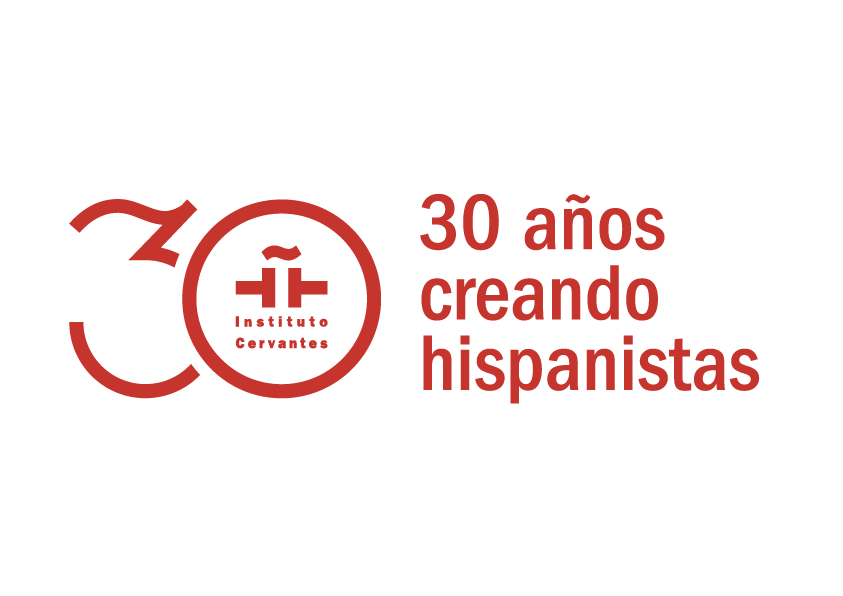Life Is a Dream
Duration: 2 часа
Nearest performances
The premiere took place in 16 October 2021.
Supported by the Embassy of the Kingdom of Spain in Moscow, Turespaña, and the Cervantes Institute in Moscow
Based on the play by Pedro Calderón de la Barca, as translated by Natalya Vankhanen
Spanish director Natalia Menendez’s production of Life Is a Dream will premiere on the Main Stage of the Stanislavsky Electrotheatre in October 2021 as part of the Territory International Festival. It is a project of fundamental importance for the cultures of two countries, Russia and Spain. The famous play by the great Barocco playwright Pedro Calderón de la Barca was translated on a commission from the Cervantes Institute specifically for this production by Natalia Vankhanen, whose lively contemporary verse text reveals the beauty and poetry of the original. The resulting work by Natalya Menendez, as performed with the company of the Electrotheatre, is part of the Calderon Duo project; the other part is Boris Yukhananov's production The Constant Principle, which also runs at the Stanislavsky Electrotheatre.
Знаменитая пьеса великого драматурга эпохи барокко Педро Кальдерона де ла Барка переведена по заказу Института Сервантеса специально для этой работы Натальей Ванханен, которая живым русским стихом передала красоту и поэтичность оригинала.
Пьеса «Жизнь есть сон» – ключевая для Кальдерона философская драма, открывающая катастрофическое несовпадение между желаниями человека и его судьбой, казалось бы, сокрушающей надежды. И все же, считает Наталья Менендес, эта пьеса – способ найти выход и надежду в мире, который, казалось бы, обречен на войны, отчаяние и потери. Мотив стойкости человека перед искушениями и испытаниями существенен и для второго текста проекта – «Стойкого принца», положенного в основу спектакля Бориса Юхананова. В обоих вещах актуализируется понятие некой нравственной силы, которая помогает человеку выстоять в самых тяжелых обстоятельствах. Нарушенный в мире баланс между миром и войной тоже является темой этого проекта – его герои и их судьбы взывают к покою, восстановлению баланса и к возможному счастью. Соединяя в режиме копродукции две культуры, два языка, две театральные системы, испано-российский проект по Кальдерону – красивый вызов современности.



.jpg)

 Working hours: 11 a.m. to 10 p.m.
Working hours: 11 a.m. to 10 p.m. 

